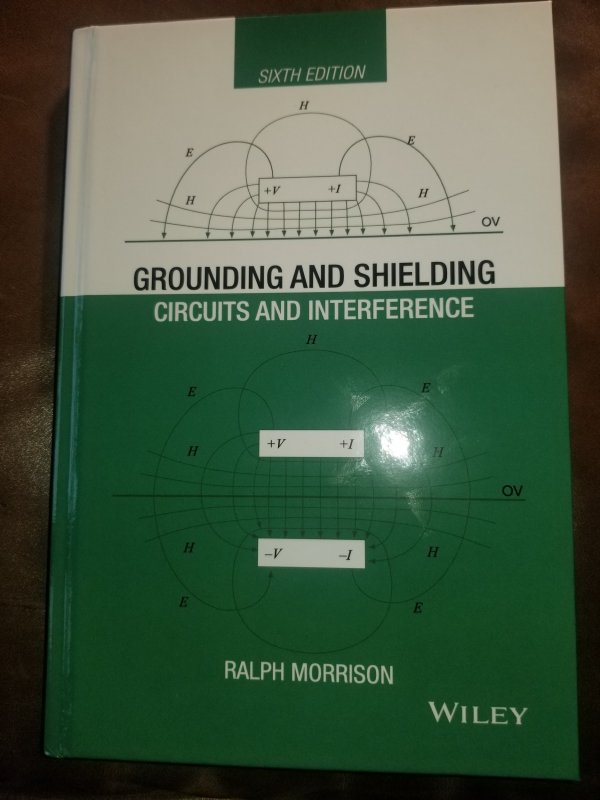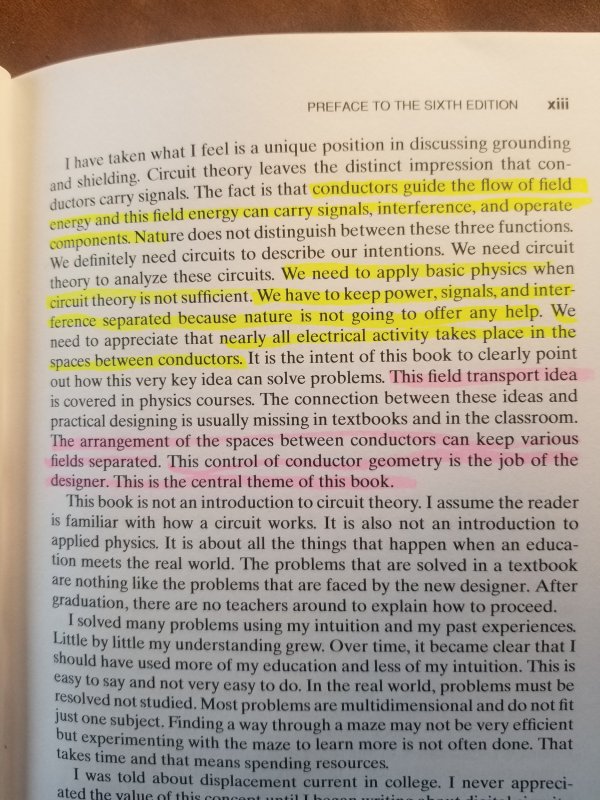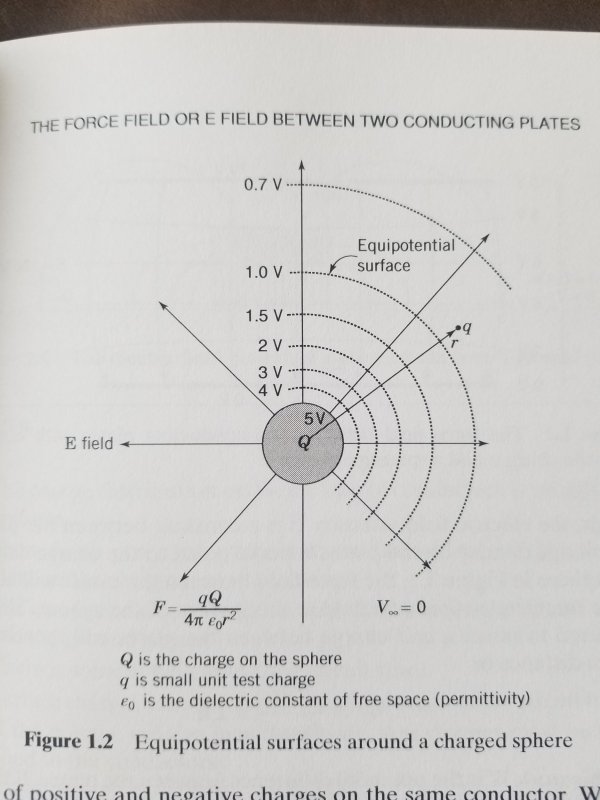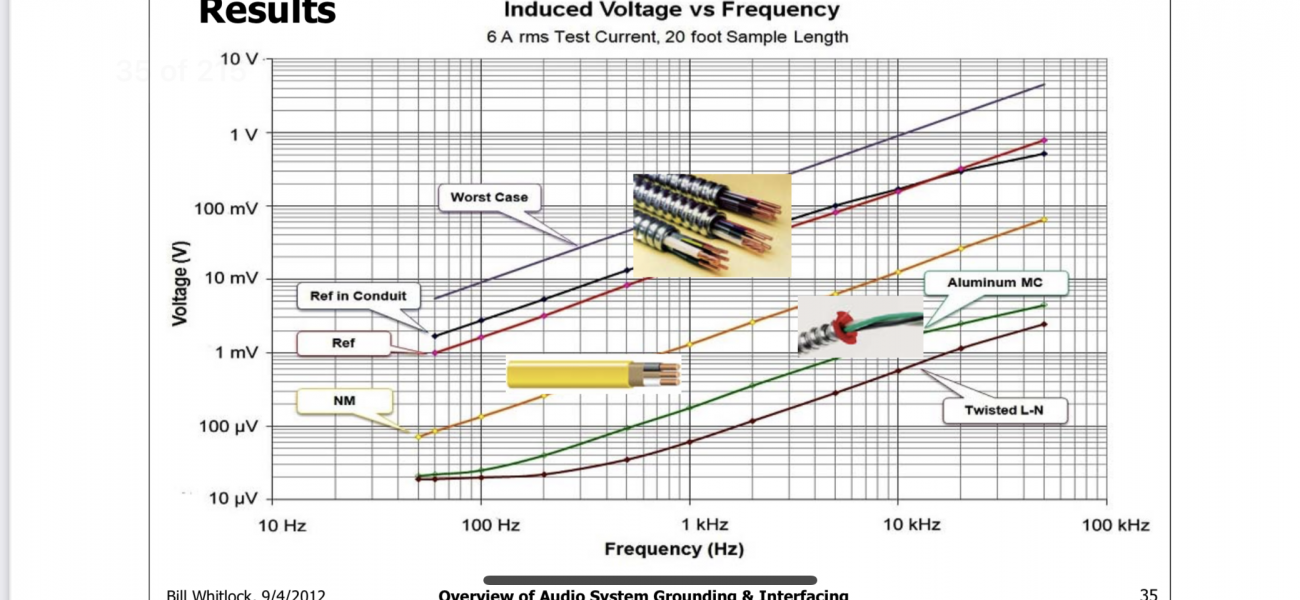This is some of the stuff I read. This is a new book to me. I need to understand the implications of shielding. A specialized professional in recording studio work pretty consistently uses shielded cable in his projects. A mentor of mine got over technical for me explaining why a shield is a negative influence with high end audio. That conversation lead me to purchase this book to better understand what he was saying.
In the preface, the author Ralph Morrison nailed one of my founding beliefs about wiring, validating for me, how I have been approaching wiring.
In the preface, the author Ralph Morrison nailed one of my founding beliefs about wiring, validating for me, how I have been approaching wiring.





